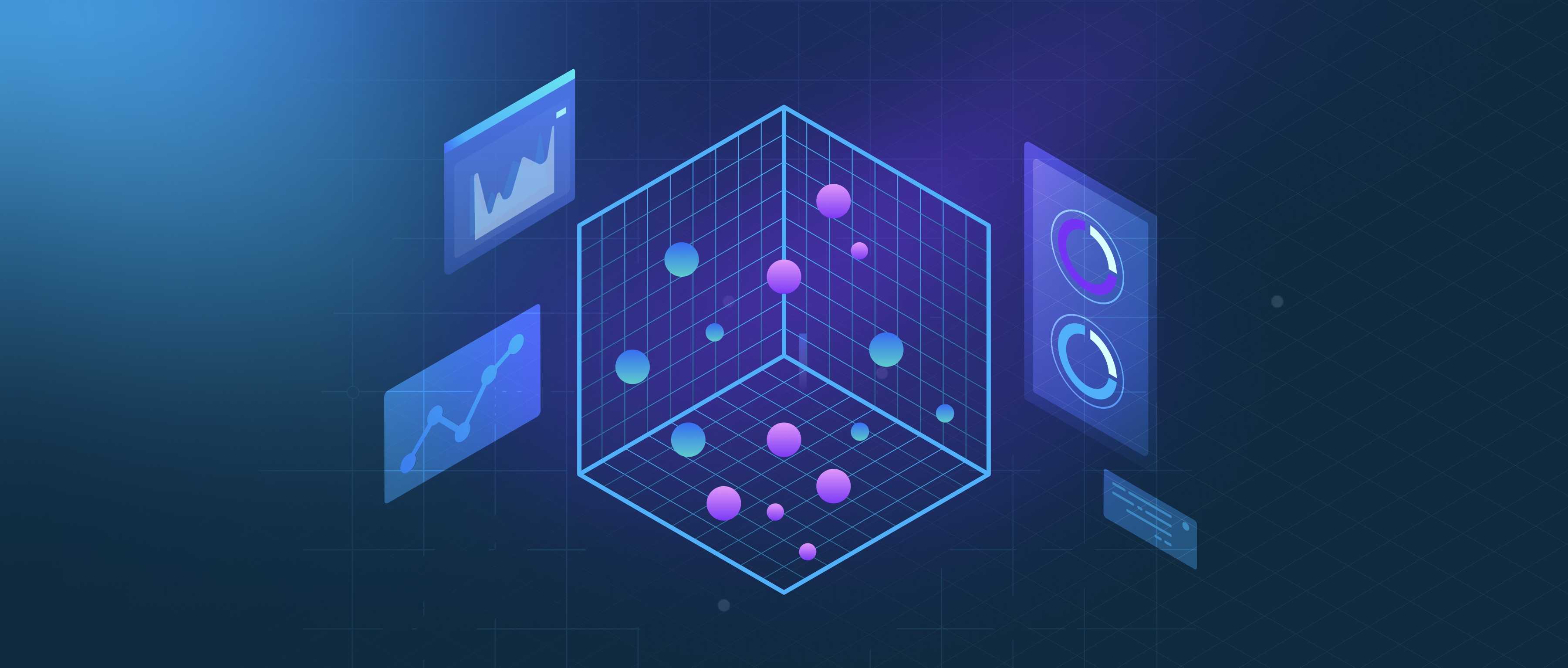Computer vision is a critical component of robotics but not necessarily the most important part. Robotics combines various disciplines, including perception, control, planning, and actuation. Computer vision serves as a key perception tool, enabling robots to interpret their surroundings, recognize objects, and make decisions. However, other systems like motion planning, sensor fusion, and control algorithms are equally vital for the successful operation of robots. In certain applications, such as pick-and-place tasks or autonomous navigation, computer vision is indispensable for detecting objects or understanding the environment. However, in scenarios like industrial robotics, where tasks are repetitive and environments are structured, vision systems may play a secondary role. The importance of computer vision in robotics depends on the specific application and the level of autonomy required. While it is a cornerstone technology in many modern robotics systems, it works in conjunction with other components to create functional and efficient robots.
Is computer vision the most important part of robotics?

- Exploring Vector Database Use Cases
- Advanced Techniques in Vector Database Management
- Embedding 101
- The Definitive Guide to Building RAG Apps with LangChain
- Mastering Audio AI
- All learn series →
Recommended AI Learn Series
VectorDB for GenAI Apps
Zilliz Cloud is a managed vector database perfect for building GenAI applications.
Try Zilliz Cloud for FreeKeep Reading
What is the role of network failover in disaster recovery?
Network failover plays a critical role in disaster recovery by ensuring that network connections remain uninterrupted du
How do embeddings power knowledge retrieval systems?
Embeddings play a crucial role in knowledge retrieval systems by allowing these systems to understand and organize infor
What are the benefits of using SQL views?
SQL views are a powerful feature in databases that offer a range of benefits for developers and technical professionals.